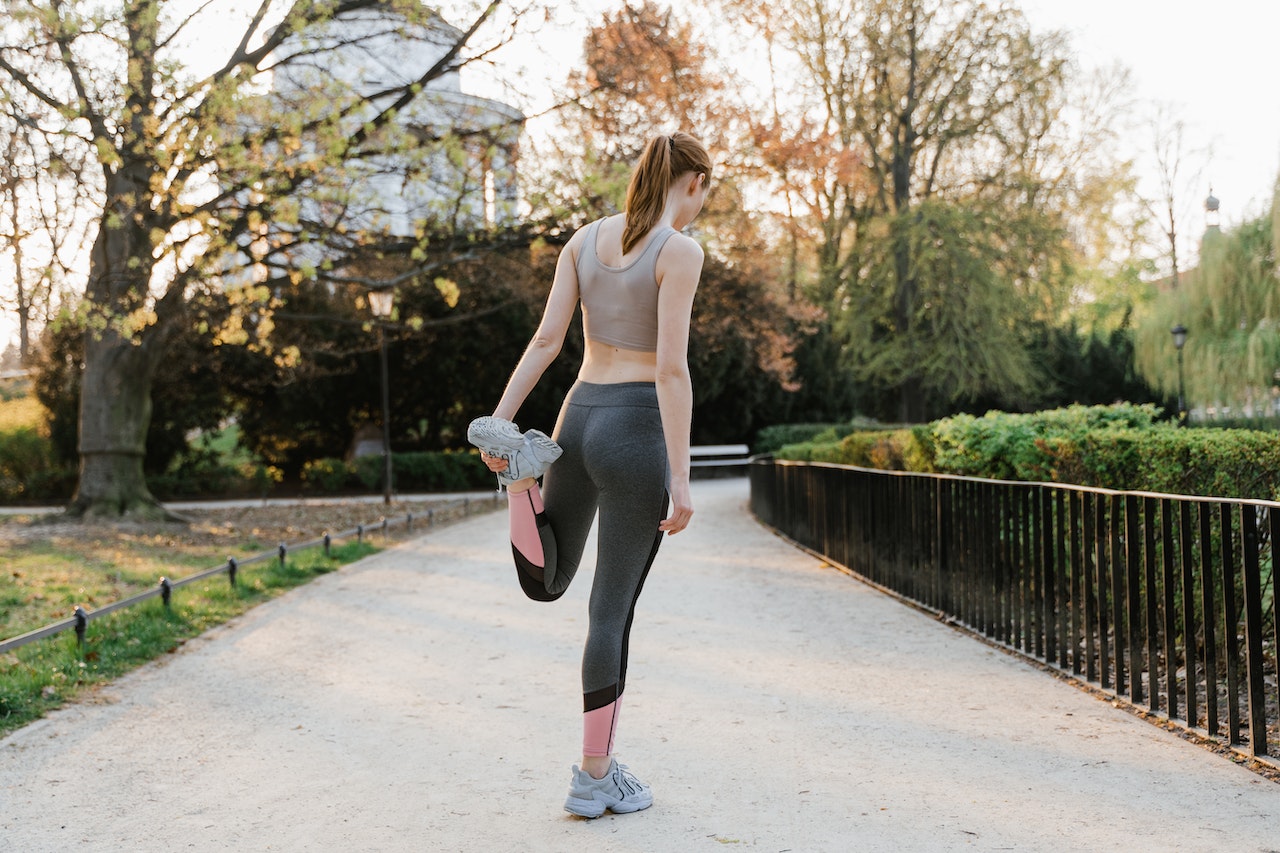Barefoot running has grown in popularity over the last decade as a way to get back to basics. Running without shoes changes your gait and provides unique benefits. However, the minimalist approach also has some drawbacks and increased injury risk. Use caution when trying barefoot running and follow tips to make it successful.
The Pros of Barefoot Running
Improves Form
Running barefoot forces you to land lightly and avoid heel striking. This encourages better form with a forefoot or midfoot strike. Landing on the front of your foot provides natural shock absorption and reduces impact.
Builds Foot and Lower Leg Strength
Going shoeless activates and strengthens muscles in your feet, ankles, calves and lower legs. This natural development can improve performance and help prevent injuries.
Heightens Proprioception
Barefoot running increases proprioception or awareness of your body in space due to the lack of cushioning and support shoes provide. Your feet feel the ground and respond with greater precision.
The Cons of Barefoot Running
Increased Risk of Injury
Without the protection of shoes, your feet are more susceptible to stepping on sharp objects that can cause wounds. Starting too fast also leads to bruising, stress fractures, plantar fasciitis and other overuse injuries.
Minimal Protection
Shoes provide padding, support, grip and traction. Going barefoot means your feet directly absorb the impact of each step. This can strain muscles and joints.
Tips for Safe Barefoot Running
Start Slowly
Allow time for your feet to adapt by starting with short barefoot sessions of 10 minutes. Slowly increase distance and duration. Reduce other training at first.
Pick Your Surfaces Wisely
Grass, dirt trails, tracks, and smooth asphalt or concrete are best. Avoid sharp sticks, stones, broken glass, uneven ground, and hot pavement at first.
Improve Flexibility
Stretch and roll your feet regularly before and after barefoot running. Increase flexibility in your feet, ankles, calves, and hips through yoga and other exercises.
Consider Minimalist Shoes
As a transition, try thin-soled, flexible minimalist shoes that mimic being barefoot. These offer some protection as you adjust.
Conclusion
Barefoot running offers unique benefits like improved form, foot strength, and proprioception at the cost of increased injury risk and less protection. If you want to try it, take a gradual approach. Start with short 10-minute sessions on safe surfaces like grass or tracks. Slowly build distance and duration while reducing other training. Stretch feet and improve flexibility regularly. Minimalist shoes can aid the transition. Barefoot running requires patience as your feet adapt. Stay in tune with your body, advance slowly, and enjoy an exhilarating, natural running experience.

